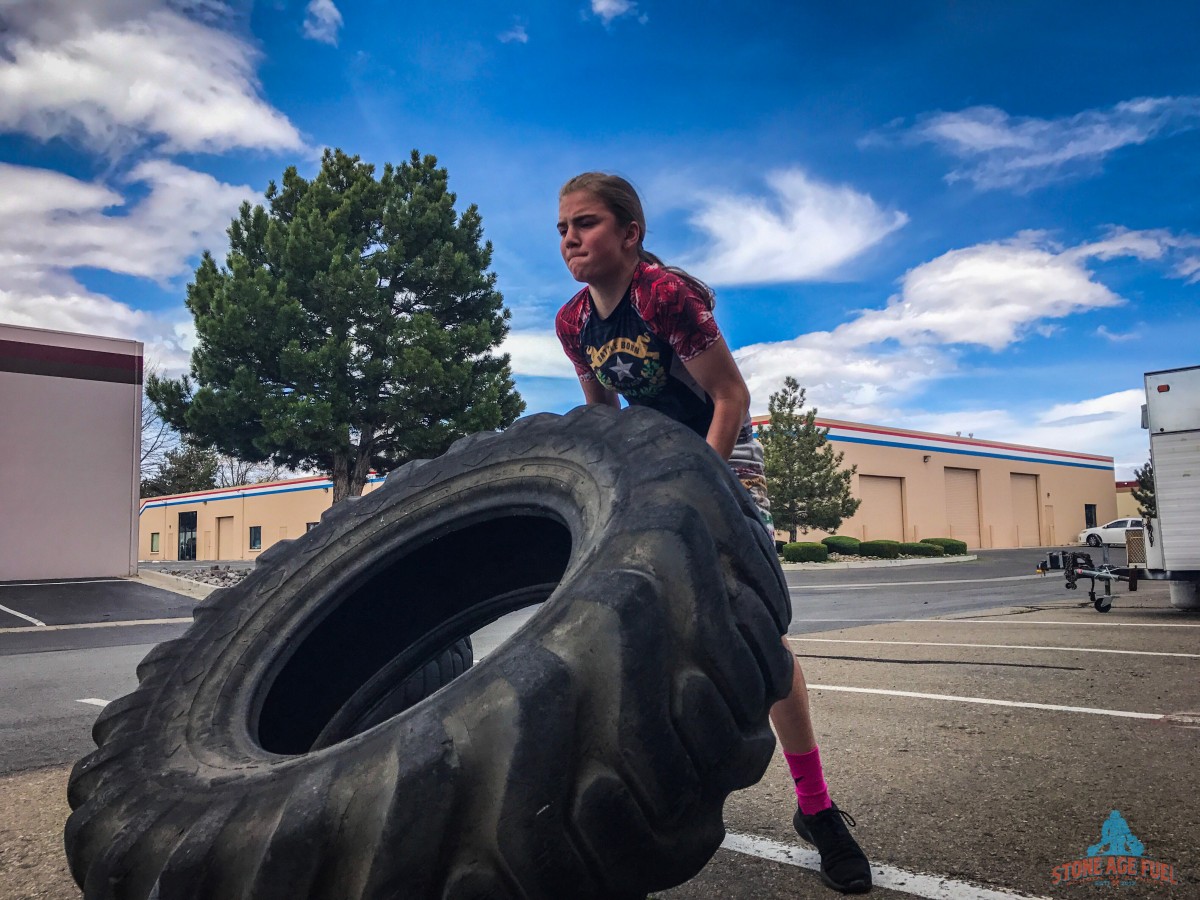BCAAs…Mmmm Recovery!
BCAAs or Branched Chain Amino Acids consist of Leucine, Isoleucine and Valine essential amino acids. These are involved in cell replication and repair aka recovery from intense exercise aka not being as sore after a hard WOD! The need for BCAAs is increased after intense exercise and recent research has shown that BCAA supplementation before and after exercise can aid in the recovery from exercise induced muscle damage and they can help in promoting muscle-protein synthesis.
BCAAs are able to be oxidized in skeletal muscle unlike other amino acids which are metabolized in the liver. Exercise of course makes you use more energy and this promotes oxidation of BCAAs which in turn tells us that we can use BCAAs as energy sources during intense exercise. One important thing to note is that fatty acids appear to be a key regulator in BCAA oxidation so don’t skip out on those fats! It is also important to note that leucine is special, because it promotes muscle-protein synthesis in whole living organisms when given to animals in experimental scenarios.
So what is an effective ratio of BCAAs? The best answer to this is quite unclear, but the answer may be within ratios found in amounts similar to those in animal proteins, which is a 2:1:1 ratio (Leucine:isoleucine:valine). Finally the amount one should consume is unclear, but we should probably be in the 10g-20g range if we are training regularly in CrossFit or other intense exercise. BCAAs are commonly found in animal proteins (chicken, fish, beef, etc). This is why all meals should have some source of lean protein in them especially if you are not supplementing with BCAAs.
Every athlete especially competitive CrossFitters should consider taking supplemental BCAAs on top of what they get from real food in order to speed up the recovery process and stay in the game of fitness!




